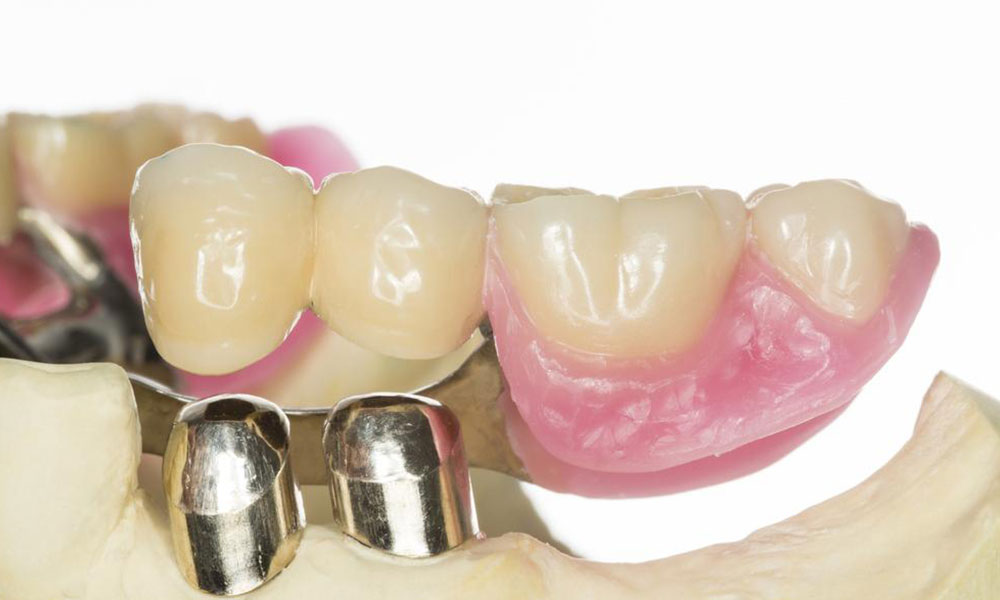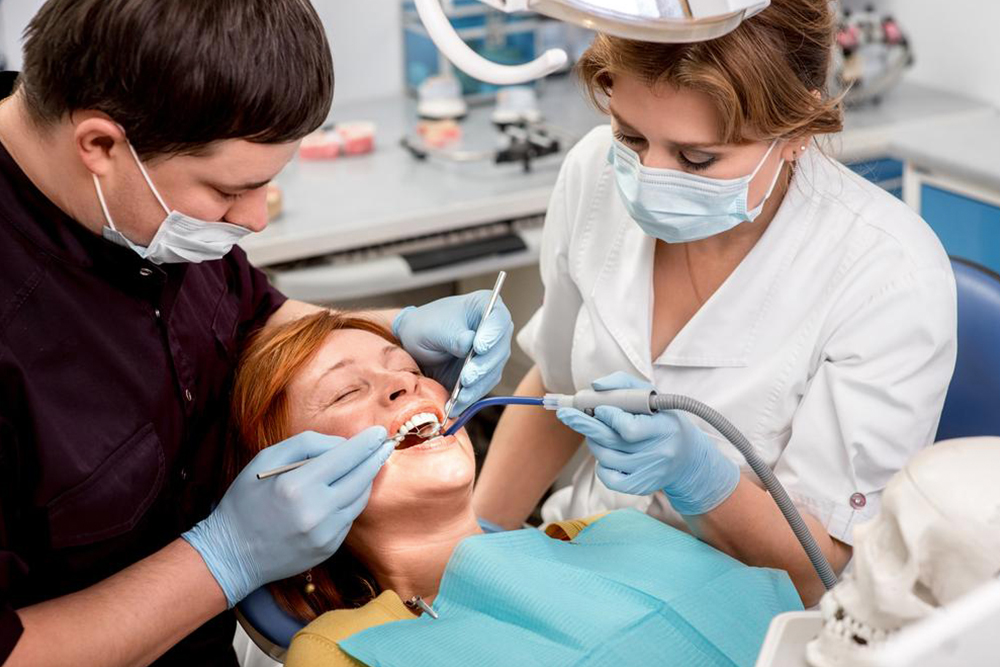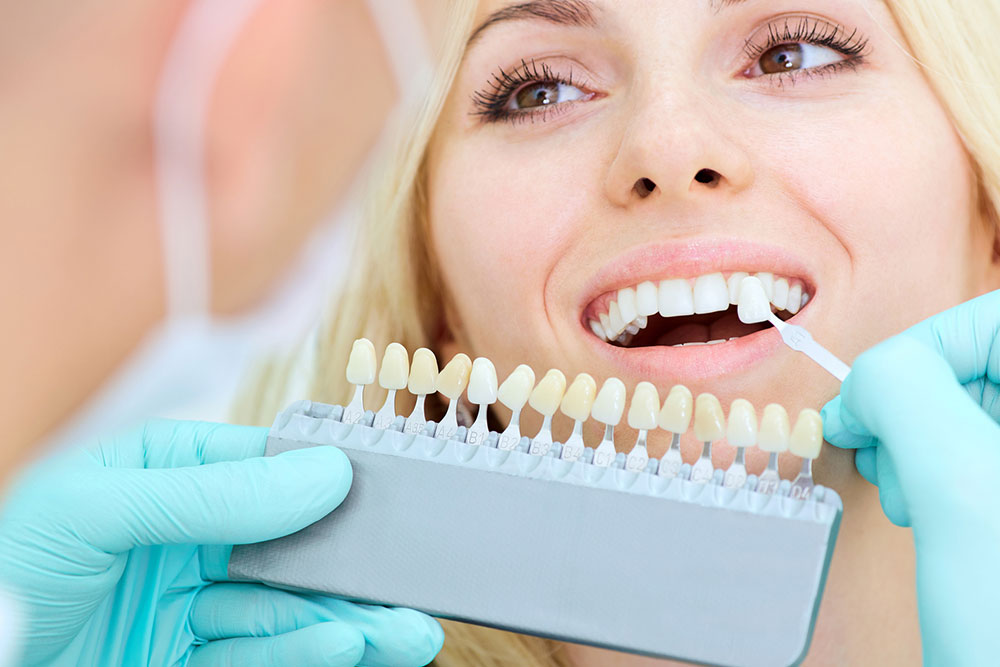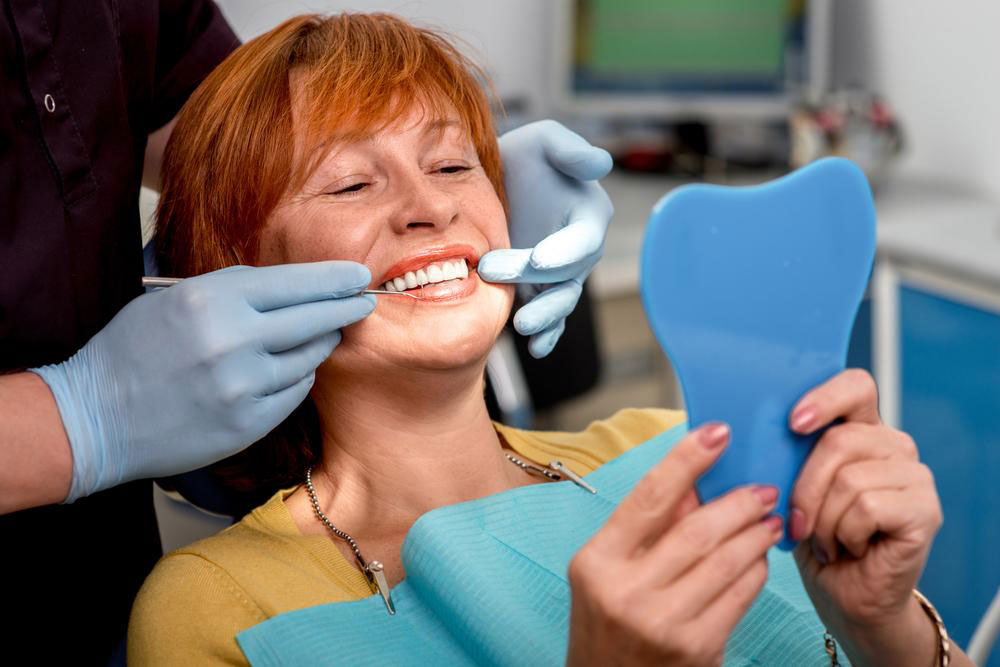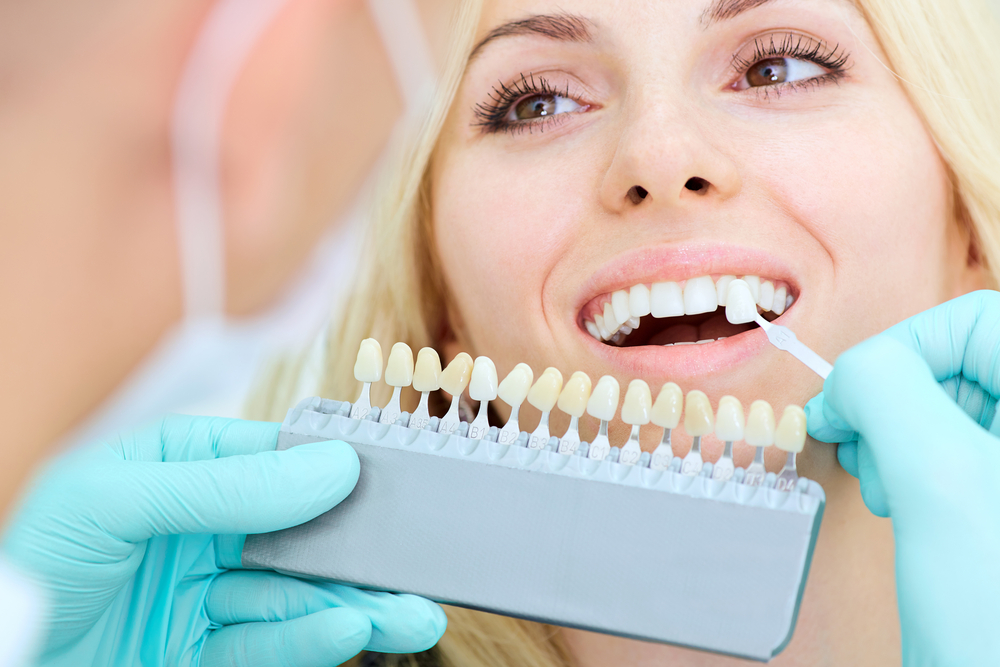Revolutionary Screwless Dental Implants Transform Tooth Restoration
Screwless dental implants are an innovative solution for tooth replacement, offering less invasive procedures, faster healing, and enhanced aesthetics. Unlike traditional implants, they utilize friction or locking mechanisms, reducing complications and improving patient comfort. Ideal for those with sufficient jawbone density, screwless implants provide a reliable, low-maintenance alternative, especially in visible areas. This technology is shaping the future of dental restoration, making procedures quicker and more comfortable. Consult your dentist to see if screwless implants are suitable for your needs.
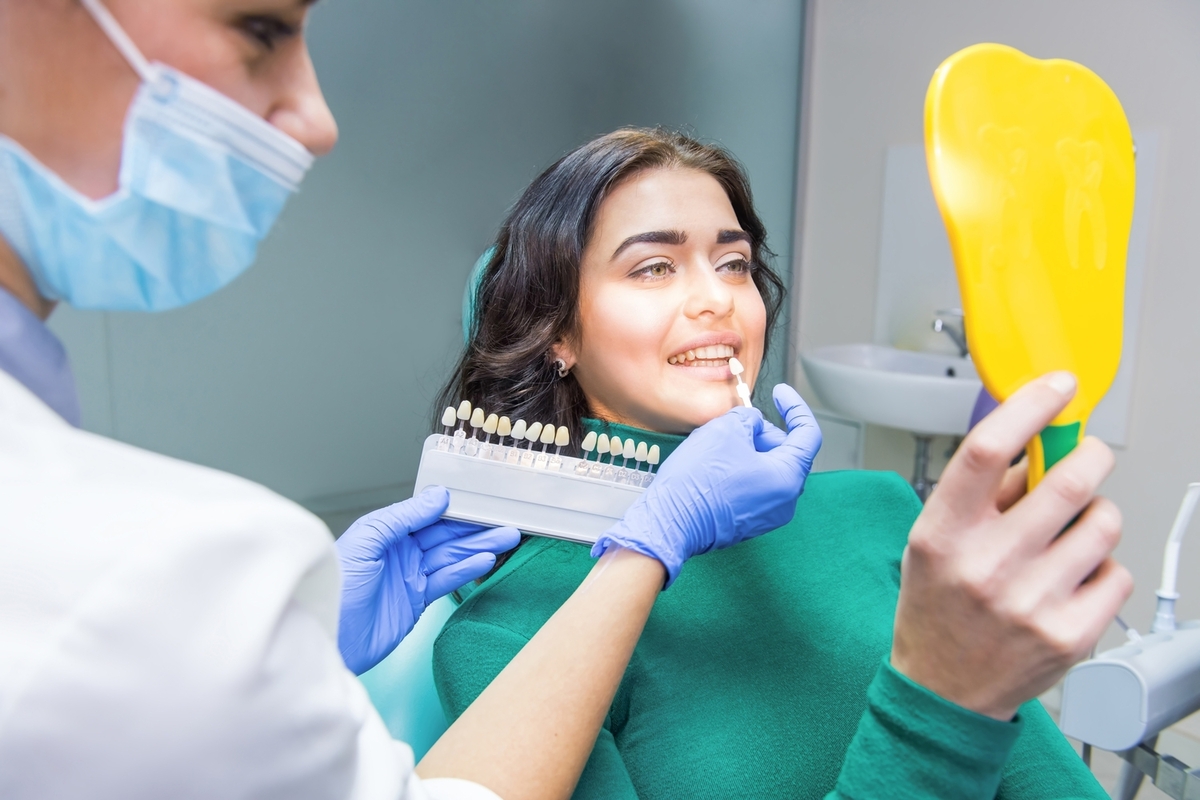
Revolutionary Screwless Dental Implants Transform Tooth Restoration
For years, dental implants have been a reliable way to replace missing teeth, providing stability and a natural appearance. Traditional implants use screws to secure the artificial root to the jawbone, which can sometimes lead to complications. Now, innovative screwless dental implants are emerging as a game-changer. These systems eliminate the need for screws, offering a less invasive approach with quicker healing, improved comfort, and excellent aesthetic results. In this article, we’ll review what screwless implants are, how they work, their benefits, and suitability for patients.
We will compare them to conventional implants, detail the procedures involved, and highlight who can benefit most from this novel technology.
What Are Screwless Dental Implants?
Screwless dental implants are a type of restoration that do not rely on screws for attachment. Instead, they use friction-fit or locking mechanisms that secure the implant directly to the jawbone. Unlike traditional implants with a titanium screw post supporting crowns or bridges, screwless systems are designed for a streamlined, less invasive placement. They offer a faster, more patient-friendly approach to tooth replacement by minimizing surgical complexity.
This innovation belongs to a broader category of minimally invasive, quicker-to-recover implant options aimed at enhancing stability and comfort.
Key Characteristics of Screwless Implants:
Absence of Screws: Eliminates risks related to screw loosening or breakage.
Simplified Procedure: Usually involves less invasive surgery with shorter healing periods.
Stable Fixation: Designed to stay securely in the jawbone without screws.
Advanced Materials: Constructed from biocompatible substances like zirconia or titanium to ensure proper osseointegration.
How Do They Operate?
Depending on the brand, screwless implants often use a press-fit or locking system. The implant is slightly larger than the prepared bone site to create a tight friction-based connection or wedges tightly into place as it is inserted. Some designs include locking mechanisms that click into position, securing the prosthesis without screws. This approach simplifies placement and reduces surgical trauma.
Placement Procedure
Consultation: The dentist assesses bone density and overall oral health to ensure suitability.
Implant Insertion: Under local anesthesia, a small incision is made, and the implant is inserted using a press-fit or locking technique.
Healing Phase: The implant bonds with the bone over several months through osseointegration.
Prosthetic Attachment: Once healed, a crown or bridge is secured directly, often without screws, via the locking mechanism.
Advantages of Screwless Technology
Screwless implants offer numerous benefits over traditional methods, including:
1. Faster Recovery: Reduced surgical complexity speeds up healing with fewer complications.
2. Lower Failure Risks: Fewer moving parts mean less chance of loosening or failure.
3. Increased Comfort: Less invasive procedures tend to cause less discomfort and shorter recovery times.
4. Better Appearance: The absence of visible screws leads to more natural-looking results, especially in front teeth.
5. Less Maintenance: Minimal complications translate into fewer follow-up adjustments or repairs.
Screwless vs. Traditional Implants: Key Points
| Feature | Screwless Implants | Traditional Implants |
|---|---|---|
| Procedure | Less invasive and quicker placement | More complex and lengthier surgery |
| Healing Time | Typically shorter | May take longer due to screw integration |
| Failure Risk | Lower, no screw-related issues | Higher, risks of screw loosening or breakage |
| Aesthetics | More natural, no visible screws | Possible visible screw holes |
| Material | Often zirconia or titanium | Titanium or zirconia |
| Cost | Usually higher due to advanced tech | Generally more affordable |
| Maintenance | Less necessary | May require periodic adjustments |
Ideal Candidates for Screwless Implants
People with sufficient jawbone density for implantation.
Patients seeking less invasive, quicker procedures.
Individuals aiming to avoid screw-related complications.
Those desiring superior aesthetic outcomes in visible areas.
Not everyone is suitable—patients with significant bone loss or complex dental issues may need traditional implants or additional procedures such as bone grafts.
Screwless dental implants are transforming tooth replacement, offering speed, comfort, and aesthetic benefits. Speak with a dental specialist to determine if they are right for you.
Note:
This article provides general information about dental procedures and health conditions. It should not replace professional medical advice. Always consult licensed healthcare providers for diagnosis and treatment options.

